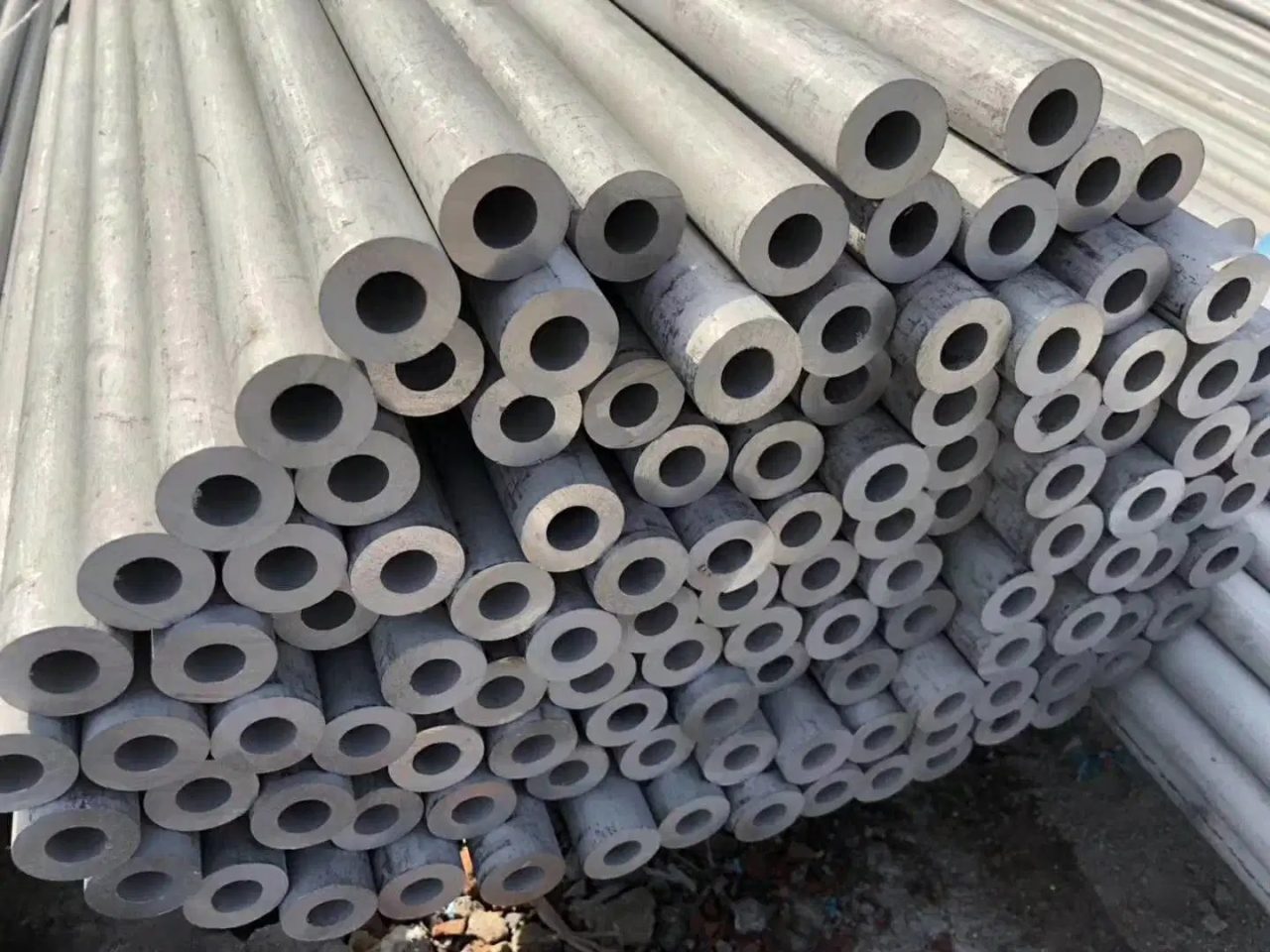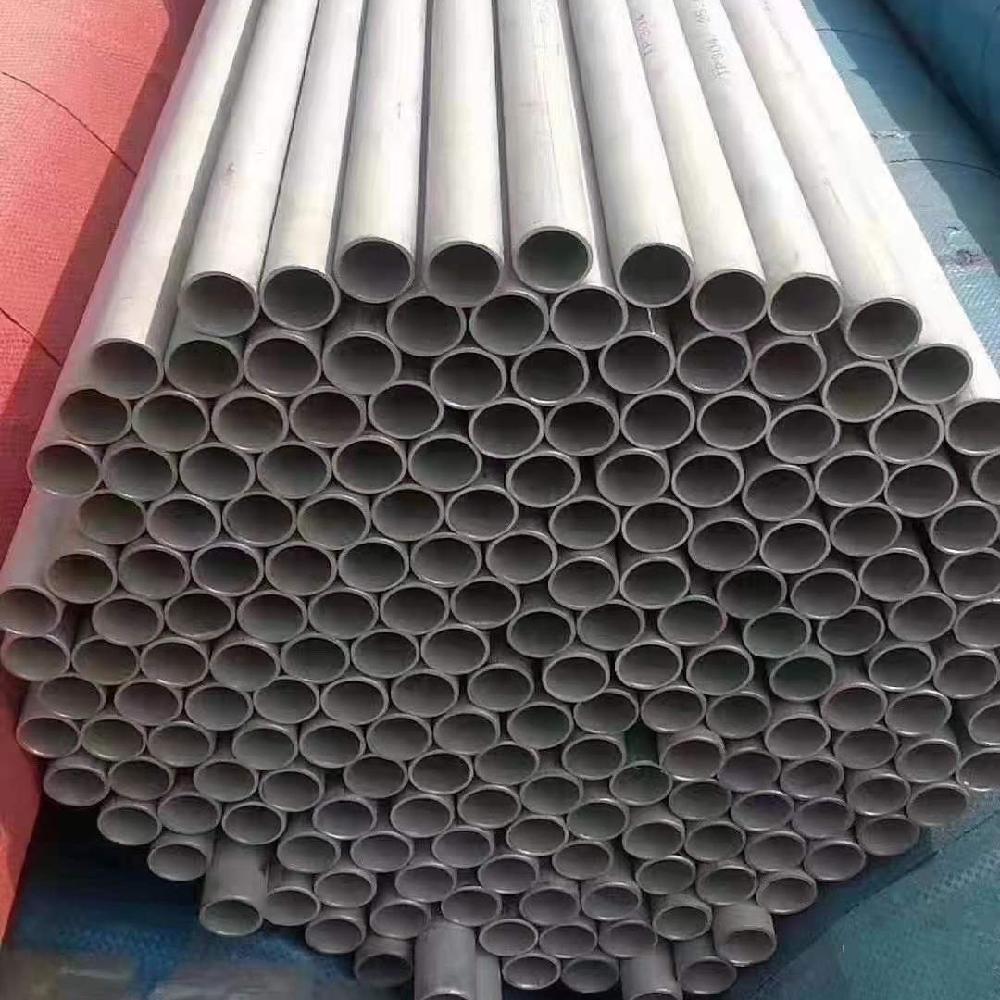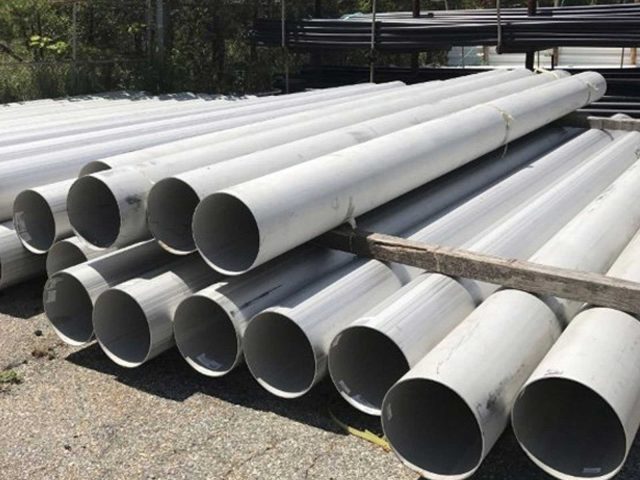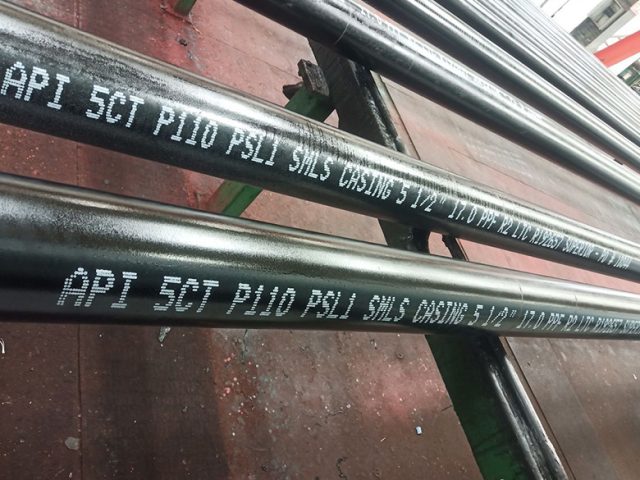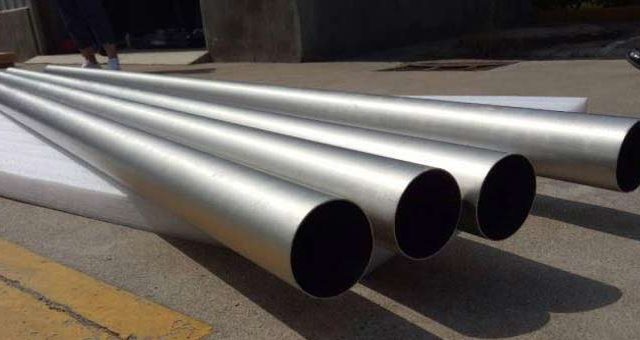ASME SA789 and ASME SA790 Duplex Stainless Steel Pipe and tube materials for the Oil and Gas, Refinery, Petrochemical and Power Industries as S31803 Duplex steel Pipe, 2205 Duplex steel Pipe, S32750 Super Duplex steel Pipe, S32760 Super Duplex steel Pipe.
Stainless Steel Pipe » Stainless Steel & Alloy Steel Pipes | 2PE 3PE coated pipe | Pipe Fittings - Pipeline Technology R&D Factory
In industrial and residential applications, it is frequently necessary to join different types of metals. These connections can be between stainless steel and carbon steel, two of the most commonly used materials in piping systems. This article will walk you through the process of connecting stainless steel pipe to carbon steel pipe fittings, the challenges involved, and how to overcome them.
ABTER STEEL
Headquarters
ABTER Steel prides itself in providing around the clock services to our customers.
LOCATIONS

